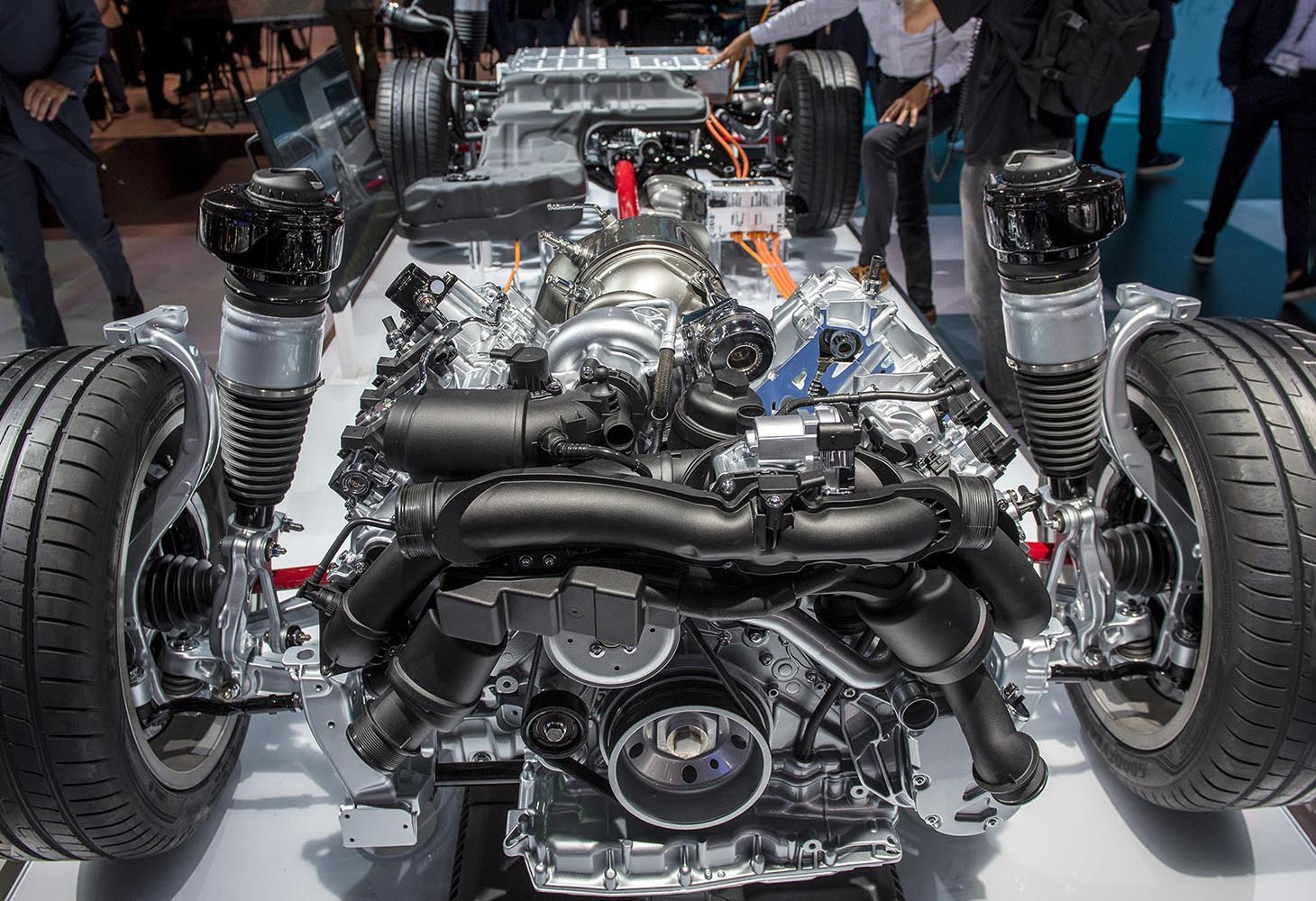
ACEA questions EU’s end-of-life vehicles regulation
The European Union (EU) has unveiled its end-of-life vehicles (ELV) regulation to boost vehicle circularity while pushing ambitious recycled content targets.
The European Automobile Manufacturers’ Association (ACEA), which represents the 14 major Europe-based car, van, truck and bus makers, is concerned that the proposal could duplicate or complicate existing rules and industry best practices on sustainable design.
Lawmakers must instead ensure a coherent regulatory environment that enables manufacturers to scale up vehicle circularity investments, ACEA said.
“We are committed to the design-for-sustainability principle, and high recycling rates prove that these practices work,” said Sigrid de Vries, ACEA’s Director General.
The European auto recycling value chain delivers an exceptional reuse and recovery rate of around 95%. For cars, the recycling rate stands at 85%, with another 10% of materials used for energy.
“While the proposal is pushing for ambitious recycled content targets, European auto manufacturers believe lawmakers should instead focus on ensuring a coherent legislative framework that balances conflicting waste, product, and chemical regulations for vehicles,” she said. “We are also concerned that the commission has not sufficiently examined imbalances in the demand and supply of recycled materials and existing technology gaps before proposing these ambitious targets.”
Vehicles are one of the most complex products to design on the market; they comprise a diverse range of parts composed of multiple materials where recycling technologies may not yet be available. This is particularly true for the increasingly greener and more intelligent vehicles entering the market. For example, some newer models use carbon fibres to reinforce plastic parts. These novel materials can reduce carbon footprint and energy consumption but are challenging to recycle and can contaminate waste streams.
Auto makers invest around one-third of the EU’s R&D spend, much of which is pumped into technologies to boost vehicle circularity. However, the commission’s proposal risks duplicating or complicating existing rules and industry best practices, hindering these vital investments, ACEA said. Instead, the regulation should better account for vehicles’ increasing complexities and specificities, including longevity, durability, and reparability, it said.














